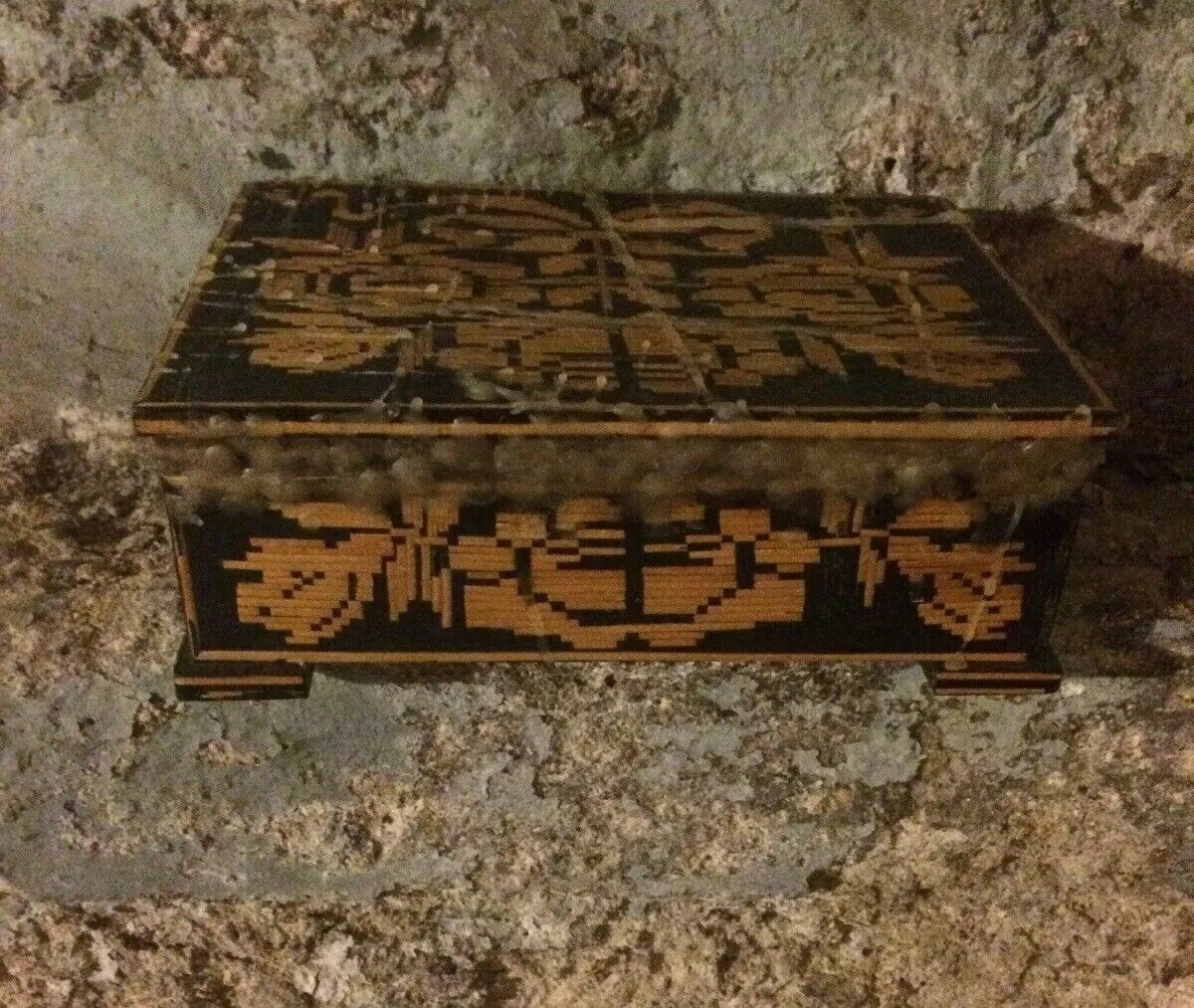

He opened it and found that it contained the following items:ġ 1928 U.S. Mannis offered no explanation of why either he or the employee attributed these events to the presence of the box, but no matter. He took it back to his furniture shop, where it frightened away an employee: the light bulbs had all shattered, and there was an inexplicable odor of cat urine. But they were quite anxious that he should take it away, as if they were glad to get rid of it. His story goes - and I want to emphasize that this is all just a story attached to an item listed for sale - is that he bought it at a yard sale a few years previously, and the family told him that Grandma had brought it back from Poland while escaping the Holocaust, and that she told them never to open it. It's much too long to give here, so I'll summarize. Mannis wrote on his eBay page an elaborate horror story. But it was not listed as a piece of furniture it was listed as a mysterious haunted item. The dybbuk box first appeared in 2003 as an eBay auction by Kevin Mannis, who owned a used furniture shop in Portland, Oregon. Put it like this: I would be happy to own this object."īut then when we look at its actual history, the number of people whose hands it is documented to have gone through becomes astonishingly small, two or three at most and each of whom went to great pains to tell the ghost story in a dramatic way. If you believe you have been cursed, then inevitably you explain the bad stuff that happens in terms of what you perceive to be the cause. " already primed to be looking out for bad stuff. In fact, the lone skeptical quote associated with this story is from Chris French, who said of these many owners:
Dybbuk box series#
One thing to keep in mind is that, if you've heard this story before, you've probably heard that the box was owned by a whole series of people, each of whom had lots of terrifying experiences, and they then got rid of it to someone else. So let's see what the box's claimed history is. The folklore is irrelevant to the question of whether or not this wine box did indeed cause the frightening disturbances attributed to it. And besides, the fact that folklore exists for a possessing spirit tells us nothing about whether or not factual events did indeed harass the owners of this box.

Nowhere in the folkloric literature is there precedent for a dybbuk inhabiting a box or other inanimate object.īut of course, we're talking definitions of folkloric terms, fictional by their very definition so there's no reason why this particular dybbuk can't inhabit a wooden box if it wants to. The word comes from the Hebrew verb "to cling", so a dybbuk is specifically a soul who clings to another. An important 1914 Yiddish play The Dybbuk was about the spirit of a dead man who possessed the living body of the woman he had loved, and had to be exorcised. The Encyclopedia Mythica describes it as "a disembodied spirit possessing a living body that belongs to another soul" and usually talks from that person's mouth. The whole idea of the box being inhabited by a dybbuk (דיבבוק) is nonsensical, according to what a dybbuk is supposed to be. Why? Because, according to the story, the wine box was inhabited by a "dybbuk", said to be a tormented spirit come back from the dead. Whoever owned the box, it was said, experienced terrible disturbances for as long as the box was in their home. It is the story of a small antique wooden box designed to hold a few bottles of wine, to which was attached a horror story going all the way back to the Holocaust. It went from a screenwriter's pen on an eBay auction page, all the way onto the Hollywood big screen, with 2012's The Possession starring Kyra Sedgwick and directed by Sam Raimi. The famous "dybbuk box" (also spelled dibbuk) is one such story. Every once in a while, there's a small, local ghost story that's not very good, or that even has an obvious commercial origin, and that has no business becoming popular - but it does.


 0 kommentar(er)
0 kommentar(er)
